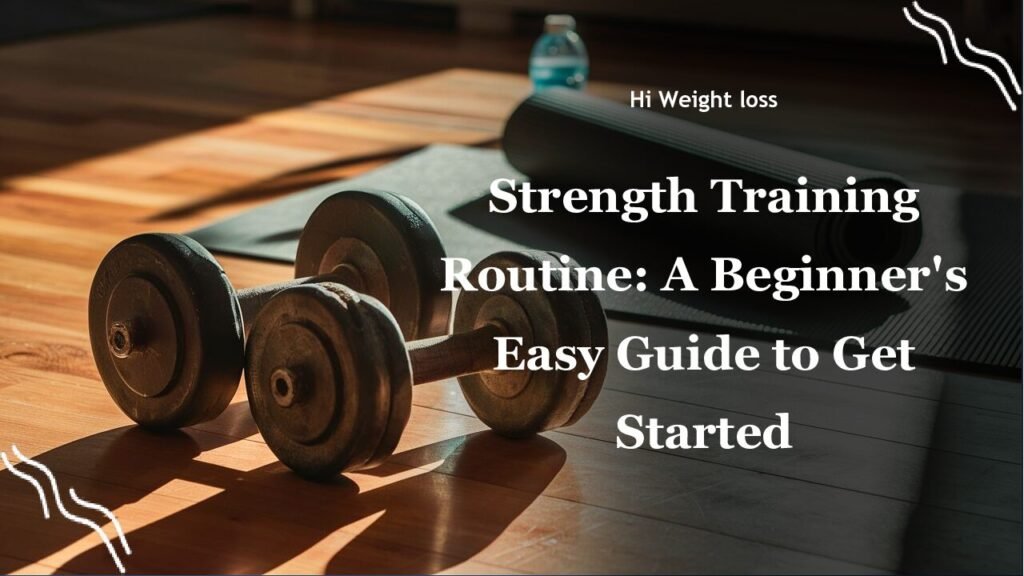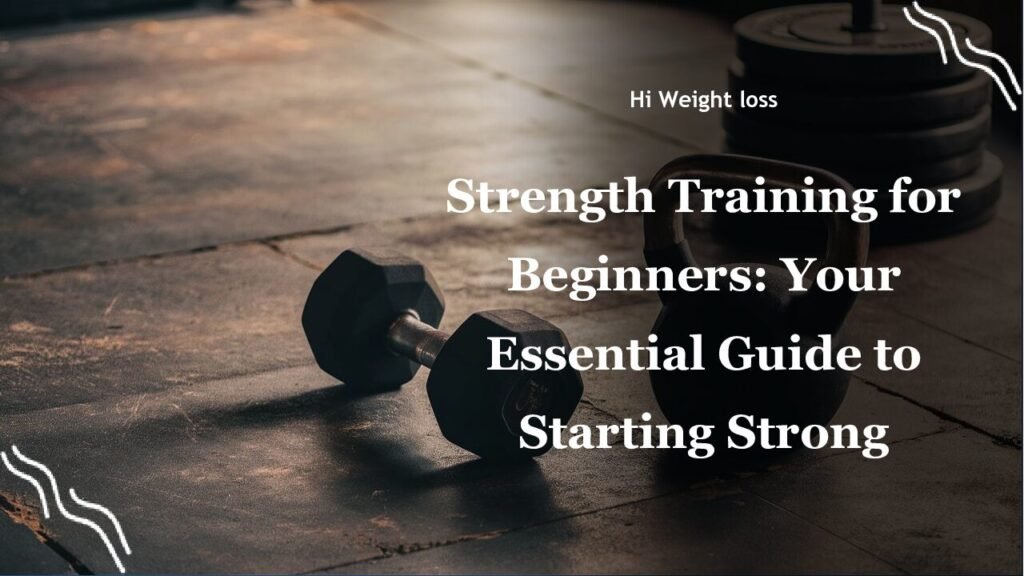“`
Are you struggling with lower back pain or looking to improve your posture? Many people unknowingly neglect their posterior chain muscles, leading to imbalances and discomfort. Fortunately, incorporating good morning exercises into your routine can be a game-changer. This article will delve into the world of good mornings, explaining what they are, how to perform them correctly, and the incredible benefits they offer, helping you to take control of your fitness and well-being.
What are Good Morning Exercises?
Good morning exercises, often simply called “good mornings,” are a type of hip-hinge movement. These exercises primarily target the posterior chain muscles. What exactly does that mean? Well, this includes your hamstrings, glutes, and lower back. These are the muscles on the back of your body that often get neglected in our daily routines. Think about how much time we spend sitting in front of a desk! Good mornings help correct these imbalances.
I remember when I first started working out, I focused mostly on the muscles I could see in the mirror—my quads, biceps, and chest. It wasn’t until a trainer pointed out my weak lower back and tight hamstrings that I realized the importance of posterior chain exercises. Incorporating *good mornings* changed my workouts and helped me prevent injuries from lifting heavy weights, which was a welcome change.
The Amazing Benefits of Good Mornings
Good mornings aren’t just about strengthening your muscles, they offer a wide range of benefits. Let’s break down some of the main advantages:
First, good mornings lead to *improved strength*. They effectively target the hamstrings, glutes, and lower back, which translates into better overall lower body strength. This can also help reduce the risk of injury, especially during activities like running, cycling, and rowing. Peloton’s blog also highlights this benefit.
Secondly, enhanced posture is another perk. By strengthening the posterior chain, good mornings help align your spine. This reduces forward-leaning positions which are common in our sedentary lifestyle. I know I’ve personally noticed a significant improvement in my posture after adding good mornings to my routine.
Thirdly, they improve overall movement quality. These exercises enhance your hip hinge movement and lower body flexibility. This is crucial for daily activities and other gym exercises like deadlifts and kettlebell swings. As a runner, I’ve found that the flexibility good mornings gave me made a real difference in my strides.
Muscles Targeted By Good Mornings
Let’s take a closer look at the primary muscles involved in a good morning exercise:
*Hamstrings*: These muscles, located on the back of your thighs, are heavily involved. Interestingly, many people, especially cyclists, tend to have strong quadriceps but weak hamstrings. Good mornings work to balance this muscle imbalance, as mentioned by ISSA.
*Erector Spinae*: These muscles run along your spine. Forward-hunched positions often weaken these muscles. Good mornings strengthen them, which is crucial for spinal stability and overall back health.
*Glutes*: The gluteus maximus, the primary muscle in your buttocks, is engaged during a good morning. Strong glutes contribute to better posture and improve daily lower body movements.
How to Do Good Morning Exercises Correctly
Proper form is key to maximizing the benefits of good mornings and preventing injury. Here’s a step-by-step guide on how to perform the exercise correctly:
1. **Stand with Feet Shoulder-Width Apart**: Begin by standing with your feet shoulder-width apart, keeping a slight bend in your knees. This avoids putting unnecessary stress on your knee joints.
2. **Engage Your Core**: Brace your core muscles as if you are preparing to receive a punch. This helps to stabilize your movement and protect your spine. It’s a bit like creating a natural corset around your midsection.
3. **Hinge Forward**: Now, bend forward at your hips, pushing your hips backward while keeping your spine straight. It’s crucial to maintain a neutral spine, avoiding any rounding or arching of your lower back. Continue bending until your upper body is nearly parallel to the floor. This position might feel a bit challenging at first, but you’ll get used to it.
4. **Return to Starting Position**: Slowly return to the starting position by pushing your hips forward and coming back to a standing position. Remember to keep your core engaged throughout the entire movement.
I remember the first time I tried good mornings, my lower back was aching the next day. After looking into it, I realized I had been rounding my back. Adjusting to a neutral spine improved my form and made a huge difference!

Good Morning Exercise Variations
Good morning exercises can be modified to suit different fitness levels. Here are some common variations:
*Barbell Good Morning*: This is an advanced version of the exercise. You’ll rest a barbell on your upper back, much like a squat position. Then, perform the movement as described above, keeping the barbell stable on your back. It’s crucial to start with lighter weights to master the movement and avoid injury.
*Dumbbell Good Morning*: Hold dumbbells over your shoulders while performing the good morning movement. This variation can be less taxing than the barbell version, but still offers a challenge to your posterior chain muscles.
*Banded Good Morning*: Using a resistance band can add an extra layer of challenge. Wrap the band around your upper back and secure it under your feet. As you perform the good morning, you’ll feel the extra resistance provided by the band. This is a great way to progressively increase the difficulty of the exercise.
Tips for Proper Form
Here are some essential tips to avoid injury and ensure you’re performing good mornings correctly:
**Maintain a Neutral Spine**: Avoid excessive rounding or arching of your lower back. This can lead to spinal misalignment and lower back pain. Keep your back straight and look forward during the movement. This is perhaps the most crucial point for safety.
**Don’t Lock Your Knees**: Maintain a slight bend in your knees. Locking your knees can put unnecessary stress on them and increase the risk of injury. Remember, you’re hinging at the hips, not bending at the knees.
In my early days of lifting, I’ve witnessed many people ignore these tips and injure themselves. Proper form is everything when performing *good morning exercises*.
Best Good Morning Exercises for Lower Back Pain
For those struggling with lower back pain, it’s essential to approach good morning exercises with care. The banded good morning is often a great starting point because it allows you to control the resistance and focus on maintaining the correct form. You can also use body weight until you get used to it.
Start with light resistance and a smaller range of motion. Avoid performing the exercises with heavy weight or to the maximum range to prevent further injury. Make sure to engage your core muscles throughout the movement. This helps stabilize your lower back and reduces the risk of exacerbating existing pain. Slow and controlled movements are key.
If you experience any sharp pain during the exercise, stop immediately and consult with a physical therapist or healthcare professional. Remember that good mornings, when done correctly, can help strengthen the muscles that support your lower back. But doing it with poor form can lead to further pain.
| Exercise Variation | Equipment | Difficulty Level | Benefits |
|---|---|---|---|
| Bodyweight Good Morning | None | Beginner | Improves hip hinge, good for warm-up |
| Barbell Good Morning | Barbell | Advanced | Enhances posterior chain strength, builds power |
| Dumbbell Good Morning | Dumbbells | Intermediate | Strengthens hamstrings, glutes, lower back |
| Banded Good Morning | Resistance band | Beginner-Intermediate | Provides resistance, good for learning form |
Conclusion
Good morning exercises are incredibly beneficial for building a stronger, healthier body. They strengthen your hamstrings, glutes, and lower back, improve your posture, and enhance your movement quality. While it may take some time and practice to master the movement, the advantages are definitely worth it. Whether you’re an athlete, someone looking to improve their back health, or someone looking to get started in exercise, incorporating *good mornings* into your routine can make a huge difference.
From my own experience, I can attest to the transformative power of good morning exercises. Not only have they improved my posture, but they’ve also helped reduce my lower back pain. As a beginner, I was always concerned about doing them incorrectly, but once I perfected the movement, it changed my workouts forever. Remember to start slowly, be mindful of your form, and celebrate each small step you take. Good mornings are definitely worth incorporating into your workout, so try them out! Remember, progress over perfection!
FAQ
Are good morning exercises safe for beginners?
Yes, good morning exercises can be safe for beginners if performed correctly. Start with the bodyweight version or the banded good morning, focusing on maintaining proper form. Begin with light resistance and a controlled range of motion. If you’re not sure, consult with a fitness professional.
How often should I do good morning exercises?
You can incorporate good morning exercises 2-3 times per week into your workout routine. Make sure to allow adequate recovery time between sessions. As you progress, you can increase frequency or difficulty. Listen to your body and avoid overtraining.
Can good morning exercises help with lower back pain?
When performed correctly, good morning exercises can strengthen the muscles that support your lower back, potentially helping to alleviate discomfort. However, if you have existing back pain, it’s essential to consult with a healthcare professional or physical therapist before starting this exercise. Pay close attention to your body’s signals during exercise.
What is a neutral spine during a good morning?
A neutral spine means maintaining the natural curvature of your back. Avoid excessive rounding or arching of your lower back during the exercise. Keep your back straight and your core engaged during the entire movement. This is vital for preventing injuries and maximizing the exercise’s effectiveness.
What are some common mistakes people make with good morning exercises?
Common mistakes include rounding the back, locking the knees, using excessive weight, and not engaging the core. Always focus on maintaining a neutral spine, keeping a slight bend in your knees, using appropriate weight, and engaging your core muscles. Proper form is key to preventing injuries and maximizing results. Check yourself in a mirror, or even record yourself to review your form.
“`



